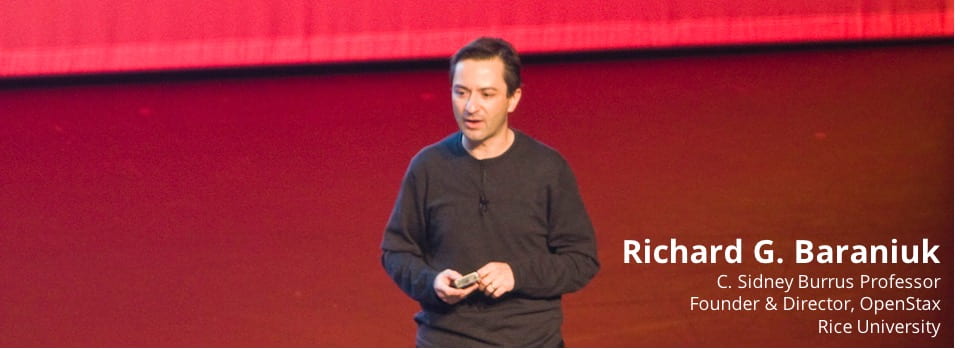C. Hegde and R. G. Baraniuk, "Signal Recovery on Incoherent Manifolds," preprint, February 2012.
Abstract: Suppose that we observe noisy linear measurements of an unknown signal that can be modeled as the sum of two component signals, each of which arises from a nonlinear sub-manifold of a high-dimensional ambient space. We introduce Successive Projections onto INcoherent manifolds (SPIN), a first-order projected gradient method to recover the signal components. Despite the nonconvex nature of the recovery problem and the possibility of underdetermined measurements, SPIN provably recovers the signal components, provided that the signal manifolds are incoherent and that the measurement operator satisfies a certain restricted isometry property. SPIN significantly extends the scope of current recovery models and algorithms for low-dimensional linear inverse problems and matches (or exceeds) the current state-of-the-art in terms of performance.
The above example illustrates SPIN recovery of two manifold-modeled components from compressive measurements of a noisy N=64×64 image. The clean image consists of the linear superposition of a disk and square of fixed sizes but unknown locations. Additive Gaussian noise (SNR = 14dB) has been added to the image prior to taking M=50 compressive measurement (M/N = 1.2%). (a) Original noisy image. (b) Reconstructed disk. (c) Reconstructed square. The extension to more than two manifolds is straightforward.
A simple SPIN software toolbox is available.

